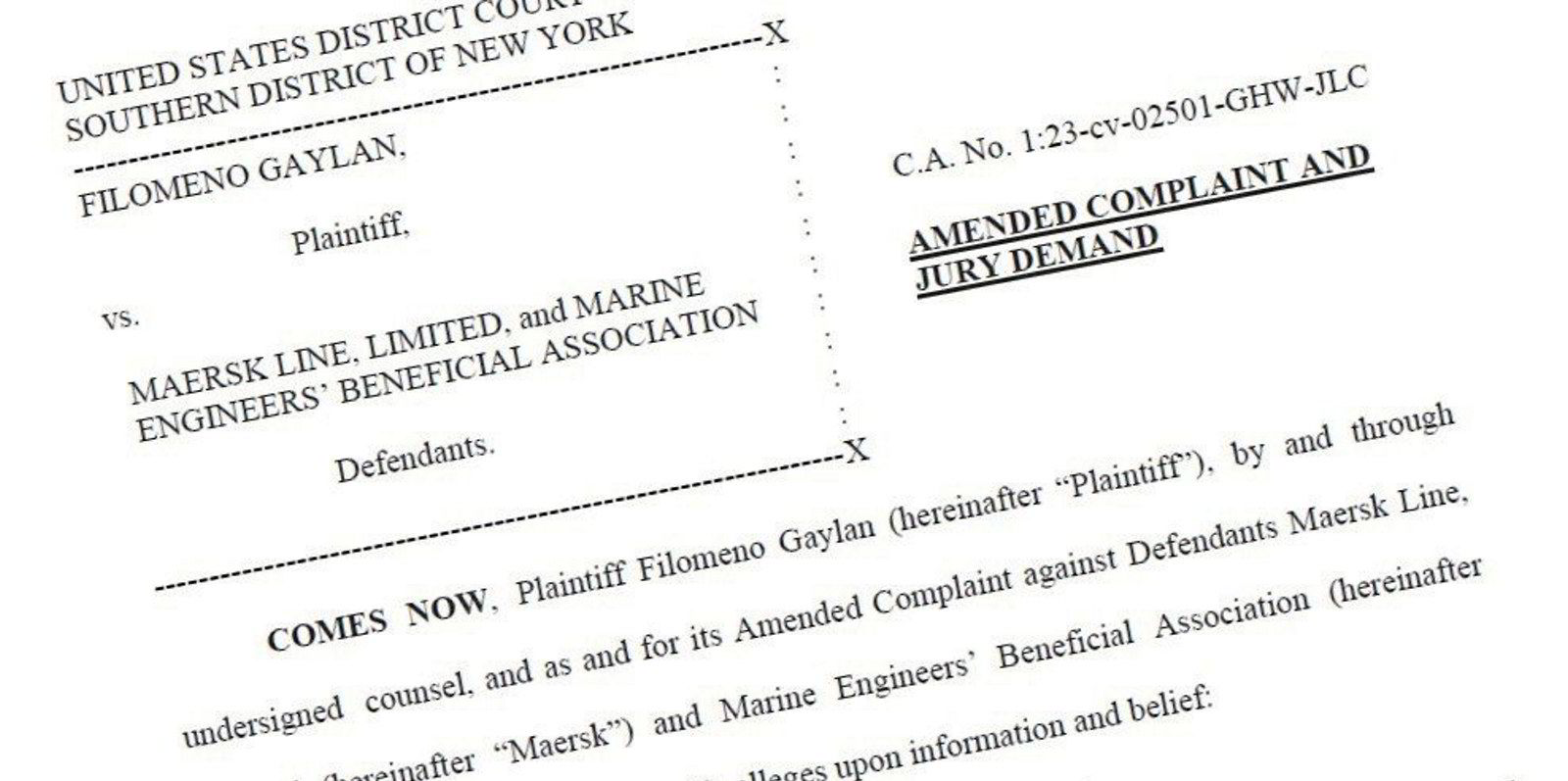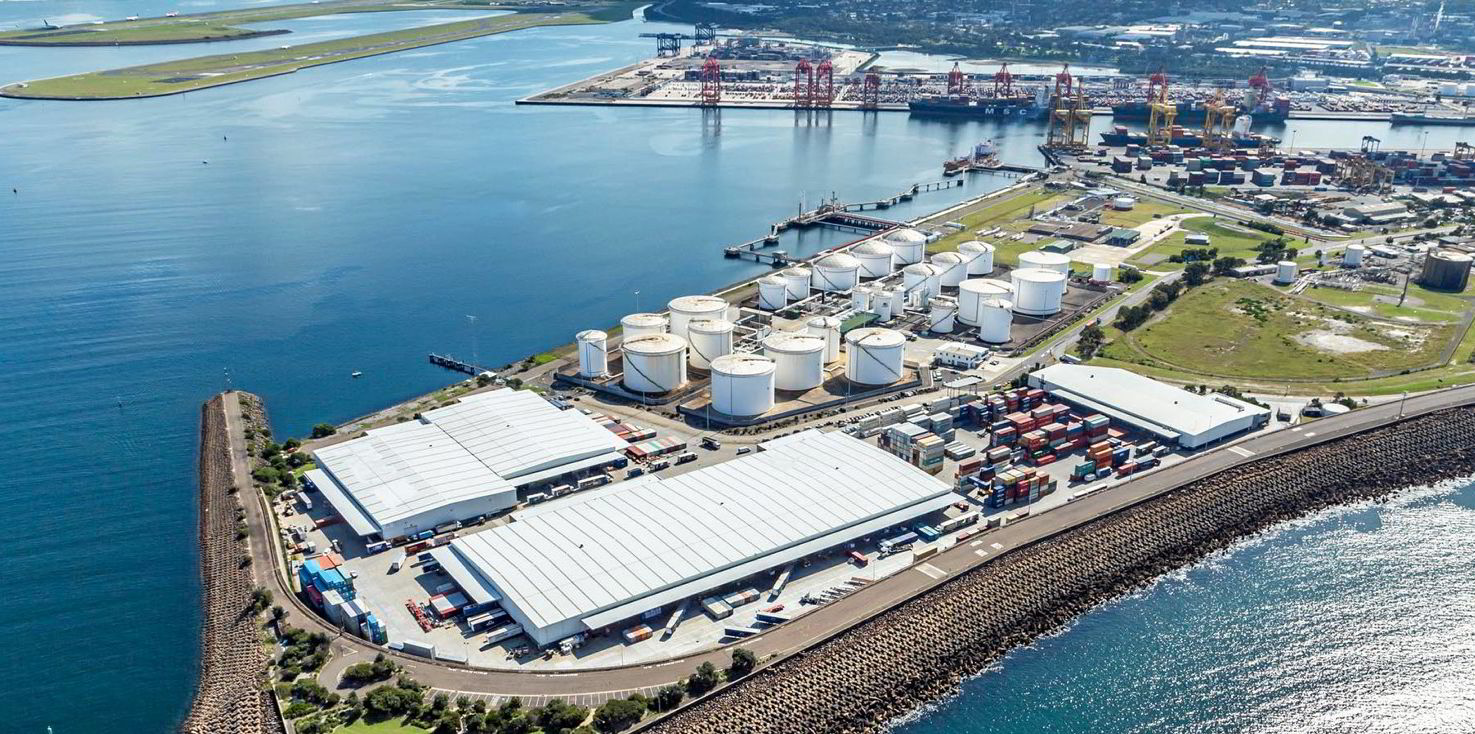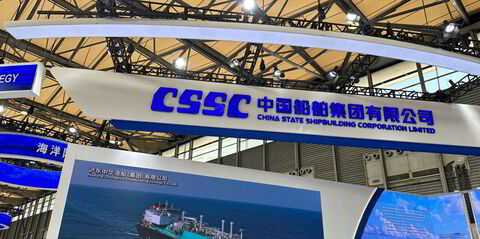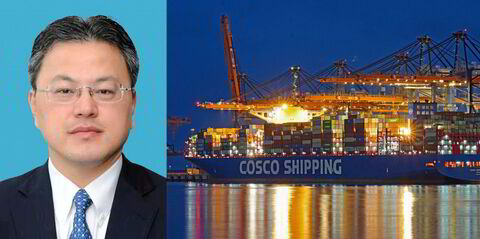Drug traffickers can open a shipping container and remove a 100kg consignment of cocaine in as little as three minutes, according to a new guide for shipowners that highlights the increasing complexity of international smuggling operations.
Authorities have noted a marked increase in the technique known as the “rip on/rip off method” which would allow a team to escape with five duffel bags of drugs before security teams got anywhere near them.
The technique involves a gang targeting a legitimate container shipment to place the drugs just behind the doors without any great effort of hiding the contraband.
When they are ready to move, they break the seal of the container, grab the bags and use a duplicate seal to close the container and hide what they have done, according to a new International Chamber of Shipping publication Drug Trafficking and Drug Abuse On Board Ship.
“Authorities have determined it can take as little as three minutes for traffickers to illegally open a container and receive a consignment of 100 kg of cocaine,” it said.
“Such activity in the world’s largest ports means authorities may not arrive until the container has been opened and the criminals have departed.”
The guide highlighted the case of a seizure of 165kg of cocaine in May last year from a container at the port of Santa Cruz de Tenerife.
Authorities discovered that the shipment had originated from Zarate, Argentina, using the rip-on/rip-off technique but was just one part of a wider operation moving drugs from South America to Europe.
The newly-published 226-page guide for owners and masters is an attempt to help shipping companies tackle the increasingly sophisticated threat posed by international criminal gangs and to recognise drug use on board ships.
It said there were increasing concerns that organised crime gangs were making “systematic efforts to corrupt workers in all major ports” so they could swiftly shift their operations in case of growing pressure from local law enforcement.
Origin obscured
Gangs have already learned to become more flexible after dealing with border closures and travel restrictions during the Covid-19 pandemic.

The guide said greater amounts of drugs were now being moved compared with the past using more complex and less obvious routes. It cited the exploitation of newer shipping routes, including from Asia to Africa and Latin America.
“Historically, it was fairly easy to identify high risk ports where attempts might be made to introduce drugs onto a ship,” said the guide.
“However, traffickers now use a wide variety of routes, often transshipping the cargo several times until its country of origin is obscured.
“As a result of this, no port can now be considered safe from attempts to bring drugs and other illicit substances on board.”
Sophisticated techniques
The increased innovation is driven by the continued profitability of the global illicit trade. It is conservatively valued at $426bn a year — 30% of the yearly value of the global oil and gas sector — with a gramme of cocaine cheaper to produce in Colombia than a gramme of coffee.
The report also highlighted some of the sophisticated techniques used by drug smugglers in its review of cases over the last three years.
Authorities found a cylindrical metal tube attached to the hull of a tanker in Guatemala filled with 56kg and cocaine and with a GPS transmitter inside so it could be tracked.
Meanwhile, Mexican authorities arrested two men who had posed as dock workers to hide inside a shipping container holding $1.2m of cocaine.
They were planning to emerge with the drugs at sea and be picked up by accomplices in speedboats with tracking devices.





